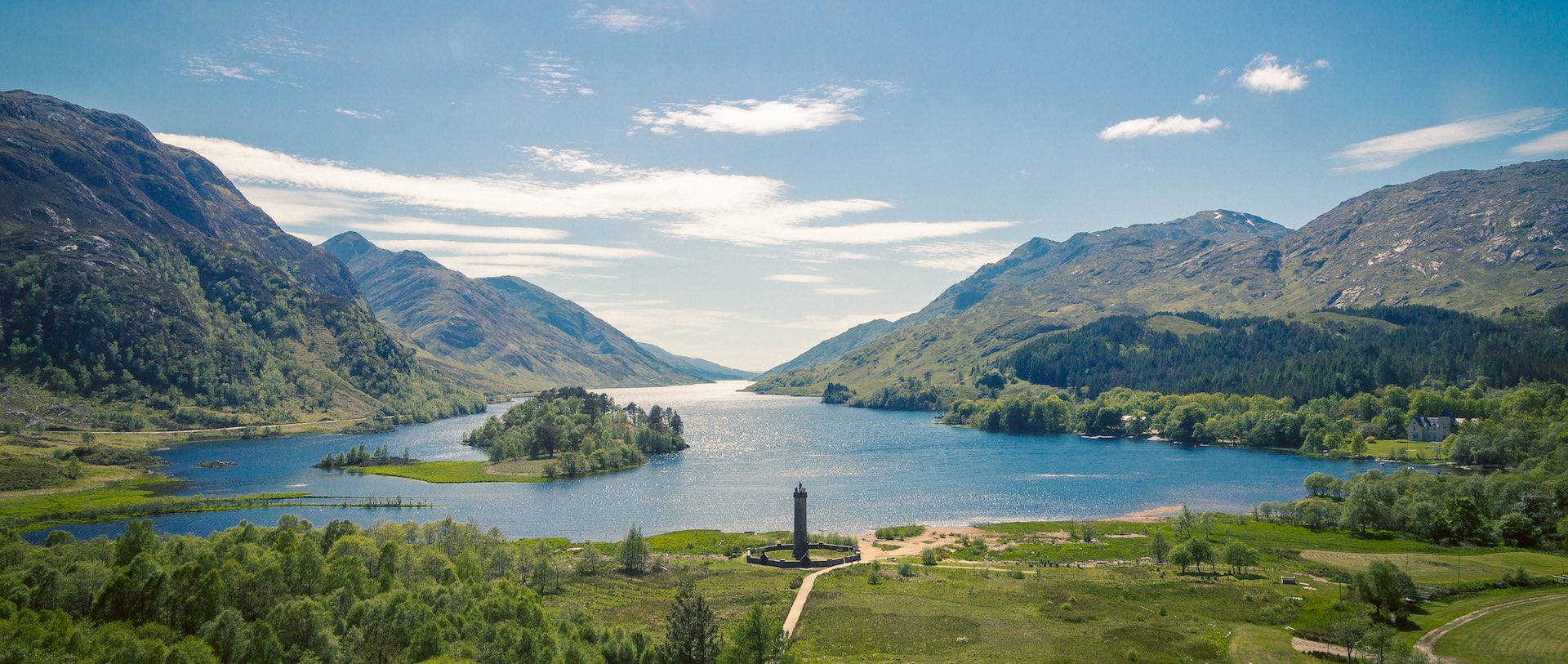Experts will use satellites to monitor the quality of water in Scotland’s lochs as part of a pioneering new project led by the University of Stirling.
The Faculty of Natural Sciences is working with the Scottish Environment Protection Agency (SEPA) to investigate the feasibility of introducing earth observation technology to its day-to-day operations in a bid to improve the quality and efficiency of water sampling.

Dr Claire Neil, Research Fellow, is leading the project with SEPA.
The cutting-edge approach uses the European Space Agency’s Sentinel-2 satellite to identify potential contaminants in bodies of water, such as algal concentrations, harmful algal blooms, and mineral and organic matter.
Stirling currently leads the £2.9m GloboLakes project, funded by the Natural Environment Research Council (NERC), which has established the world’s first satellite-based global lake surveillance system. However, this new feasibility study will allow scientists to understand how the technology may benefit end users, in this case SEPA, in developing the approach as an operational capability and, in turn, improving their approach to assessing lake water quality.
Dr Claire Neil, a Research Fellow in Biological and Environmental Sciences, is leading the project with SEPA, funded through a NERC Knowledge Exchange Fellowship.
She said: “This is the first step in implementing satellite remote sensing as a regulatory data resource and will produce a step change in the way we monitor quality in the UK.”
Dr Neil will use reflectance measurements, taken from the satellite, to estimate concentrations of chlorophyll-a, in Scottish lochs. The data will then help to assess risk to water quality status and allow SEPA to better target and enhance their sampling efforts.
“Recent scientific achievement through projects such as NERC GloboLakes have provided the scientific know-how which allows us to characterise a large range of optical water types with satisfactory accuracy,” Dr Neil explained.
“This method of monitoring provides a more detailed and representative view of the whole lake, when compared to current sampling techniques that typically assess water quality in samples taken close to the lake edge.
“As such, measurements obtained from satellite remote sensing will increase our confidence in assigned water quality status and will provide an opportunity to direct sampling efforts.”
Dr David Pirie, SEPA Executive Director, said: “Utilising data gathered from satellites offers many opportunities in environmental protection and assessment and I am very excited about SEPA’s involvement in this joint venture with the University of Stirling.”
The £70,000 year-long study will begin in February 2018, however, further funding may allow the project to be extended by another two years.
Background information
Media enquiries to Greg Christison, Communications Officer, on 01786 466 687 or greg.christison@stir.ac.uk

